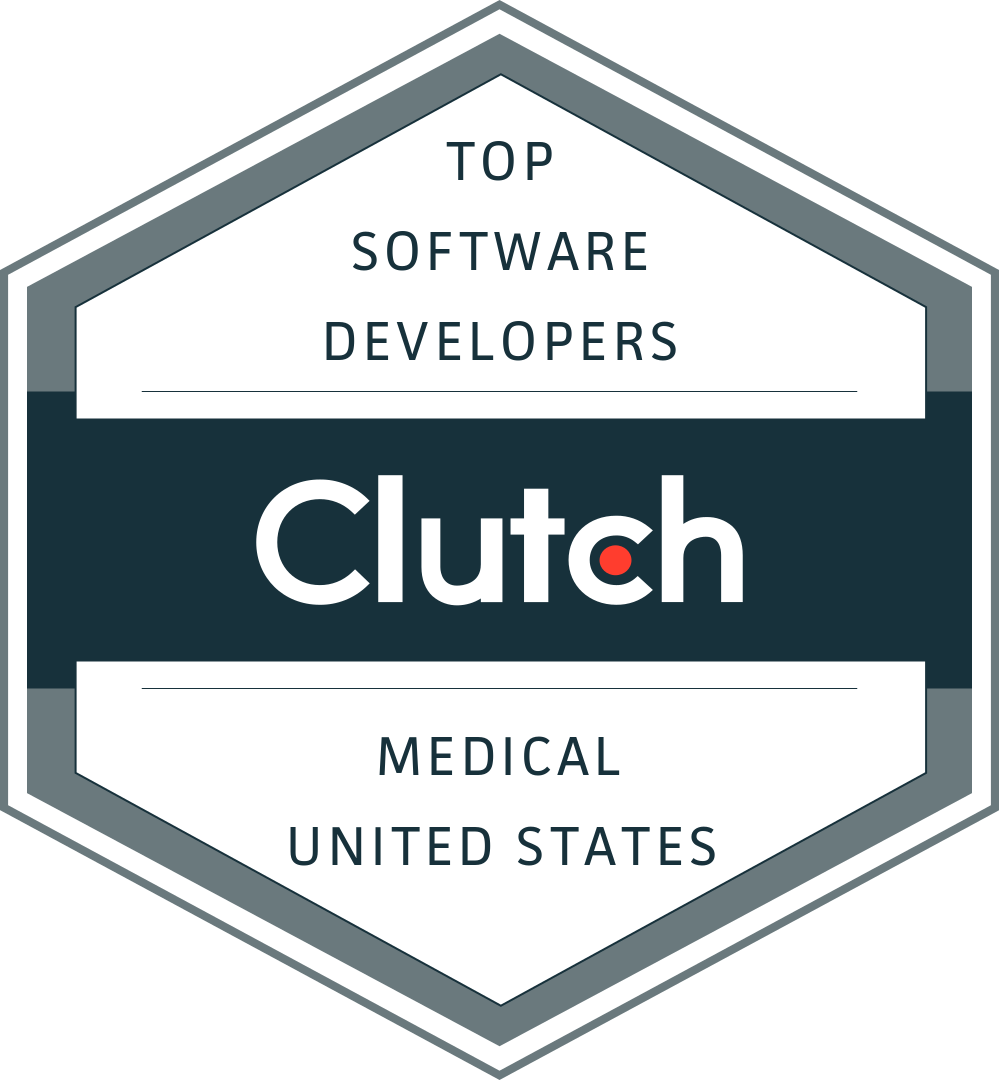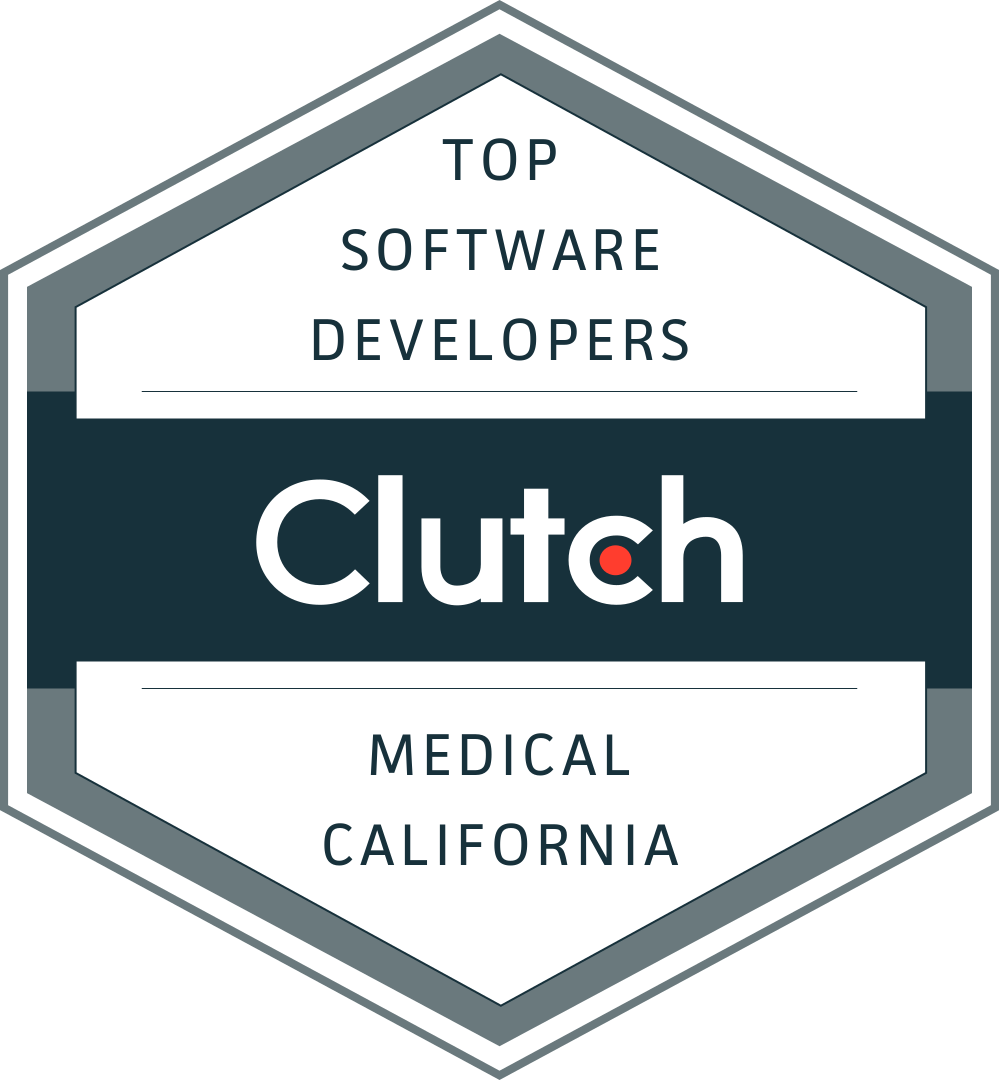Introduction In 2025, nearly every SaaS contract comes stamped with “AI included.” From EHRs to HRIS to billing tools, vendors promise instant efficiency with a single toggle switch. But here’s the catch: leaders across ABA networks, MSOs, and regional health plans are realizing these add-on AI features often come with 30–50% uplifts, vendor lock-in, and […]

- Why AI Readiness Matters in 2025
- Where to Start: Clean Data, Clear Workflows
- Governance Checklist: What Compliance Requires
- From Pilot to Payback: Your 3-Stage AI Maturity Roadmap
- AI Readiness Scorecard: How to Measure Your Progress
- Use Case Spotlight: From Dark Data to Real-Time Action
- Getting Started: A C-Suite Playbook for Launching AI
- Conclusion: Turn AI From Hype to EBITDA Expansion
- FAQ
Introduction
ABA leaders face a new reality in 2025: growth depends not just on clinical outcomes—but on operational intelligence. Investors want margin expansion. Payors want speed and compliance. Caregivers want personalization. And your tech stack? It’s bloated, fragmented, and under-leveraged.
AI isn’t a luxury anymore—it’s required to compete. But only if your systems, data, and teams are ready.
At Serious Development, we help ABA organizations go from AI-curious to AI-capable. Whether you're just starting or scaling across states, this playbook gives you the roadmap: what to clean, how to govern, where to start, and how to measure.
If you’re ready to turn AI into real ROI—not just shiny demos—this guide is for you.
Why AI Readiness Matters in 2025
ABA organizations are sitting on mountains of untapped value. But without clean data, clear workflows, and governance in place, AI projects remain “science experiments”—costly, unscalable, and disconnected from outcomes.
Executives are under pressure. Investors, payors, and parents want proof that you can scale, protect compliance, and improve outcomes. AI can help—but only if your operations are AI-ready.
Where to Start: Data First, Not Dashboards
Before building a chatbot or launching an LLM, get the inputs right:
✅ Unify data across systems – CentralReach, Catalyst, QuickBooks, ADP
✅ Standardize IDs and codes – Clients, CPTs, sites via APIs
✅ Map operational handoffs – Swim-lane diagrams for Clinicians/BCBAs, RBTs, Client Services
✅ Centralize SOPs – Version-controlled wiki, updated quarterly
This groundwork reduces billing denials, audit risk, and “hallucinating” models.
Governance Checklist: Keep the Board and Regulators Happy
| Governance Area | Must-Have Standard |
|---|---|
| AI Steering Committee | Cross-functional, chaired by COO or CEO |
| Model Accountability | Bias tests, drift tracking, vendor exit clauses |
| PHI Protection | AES-256 encryption, role-based access, audit trails |
| Change Management | RACI charts, mandatory BCBA/RBT onboarding, live dashboards |
From Pilot to Payback: The 3-Stage Maturity Roadmap
| Stage | Key Milestones | Timeline |
|---|---|---|
| Bronze | Clean data, workflow diagrams, CFO-backed pilots | 0–6 months |
| Silver | 2–3 live pilots, KPIs tracking adoption and risk | 6–18 months |
| Gold | Agentic AI across departments, +5–10 pts EBITDA | 18–36 months |
✅ Serious Development supports every phase—from discovery to scalable deployment.
Score Yourself: AI Control & Readiness Scorecard
How do I know if we’re ready for AI?
Download the AI Readiness Scorecard and rate yourself on:
Data mobility – Can you access and unify data across EHR, HRIS, billing?
Model flexibility – Can you swap or fine-tune AI models?
Cost transparency – Are you tracking ROI in real time?
Use case maturity – Are AI tools deployed in scheduling, recruiting, or QA?
📊 Score:
12–20 = Emerging
21–28 = Developing
29–36 = Leader
Use Case Spotlight: From “Dark Data” to Real-Time Action
Problem: 90% of conversational data (calls, emails, field notes) is never analyzed.
Fix: Plug Serious Development’s AI Insight Engine into your workflows.
| Before AI | After AI Implementation |
|---|---|
| Notes manually typed, billing delayed | Session audio summarized + task created in 30 sec w/ editable human in the loop approval |
| Parent cancellations go unnoticed | Alert triggered same-day + ops notified, reschedule request sent |
| Monthly reporting eats 2 days | Auto-generated dashboards in realtime |
💡 Results from real ABA pilots:
- 15% improvement in client retention
- 28% faster insurance resolution
- 240 staff-hours saved per 100 clients/month
Getting Started: Executive Path to ROI
How can ABA leaders launch AI the right way?
- Run the AI Opportunity Survey – Invite each department to propose automation use cases
- Fund 2–3 Quick-Win Pilots – Target <90-day payback; track metrics like hours saved and authorization speed.
- Monitor Adoption Quarterly – Use a live dashboard to rank pilots based on business impact.
- Scale What Works – Embed into dashboards, refine models, track EBITDA lift.
🎯 Bonus: Use Serious Development’s “plug-in” architecture to avoid costly SaaS AI lock-in.
Conclusion: Turn AI From Hype to Margin Expansion
AI won’t fix broken processes—but it can multiply what works. ABA groups that clean their inputs, align governance, and deploy with intent are already seeing results.
✅ Fewer cancellations
✅ Faster authorizations
✅ Happier parents and staff
✅ +5–10 point EBITDA gains
Let’s move from pilot to payback. Ready to score your org and see what’s possible? Get the Scorecard , Run the AI Opportunity Survey or Schedule a Discovery Call.
Frequently Asked Questions (FAQ)
What does it mean for an ABA organization to be “AI-ready”?
Being AI-ready means your organization has the operational foundation—clean data, documented workflows, governance policies, and executive alignment—to safely and effectively deploy AI for scheduling, recruiting, billing, or sentiment tracking. Without this foundation, AI tools can cause more chaos than clarity.
What are the first steps to take before launching AI in an ABA network?
These steps reduce hallucination risks and unlock faster ROI.
- Centralize clinical, payroll, and scheduling data
- Document key workflows in SOPs
- Form an AI Steering Committee to guide prioritization
- Run a readiness scorecard or opportunity survey to benchmark gaps
How can ABA organizations use AI without violating HIPAA?
Use vendor-neutral AI engines that run within your HIPAA-secure cloud, encrypt data (AES-256), enforce role-based access, and maintain audit logs. De-identify PHI during analysis and avoid sending prompts or summaries into opaque third-party SaaS systems
What are high-impact use cases of AI in ABA practices?
- Internal Document Chatbot (RAG)→Query policies, SOPs, training PDFs
- Parent and employee sentiment reports/alerts → reduced churn
- Free‑Text SMS Analyzer for Scheduling→ Classify open‑ended replies (confirm, reschedule, cancel) and integrate with scheduling systems.
- RBT recruiting intelligence → better candidate matching
- Caregiver/Parent FAQ Chatbot→Answer coverage options, plan details, telehealth options-trained on your ABA offerings.
What’s the difference between AI “pilot projects” and AI “maturity”?
Pilots are small-scale experiments (e.g., automating note reviews). Maturity means AI is embedded across departments (e.g., scheduling, HR/Recruiting, clinical teams) with dashboards, compliance protocols, and ongoing model evaluation. Mature orgs typically see a +5–10 point EBITDA lift
Can ABA organizations replace Practice Management Systems and or HRIS with AI?
No—but they can extend these platforms with AI “plug-in” layers that automate tasks, improve accuracy, and offer model freedom without vendor lock-in. This reduces duplicate data entry and makes AI explainable, traceable, and board-ready
How can I get started with Serious Development’s AI readiness tools?
- Download the AI Readiness Scorecard
- Run the Department AI Opportunity Survey
- Schedule a C-suite discovery session






